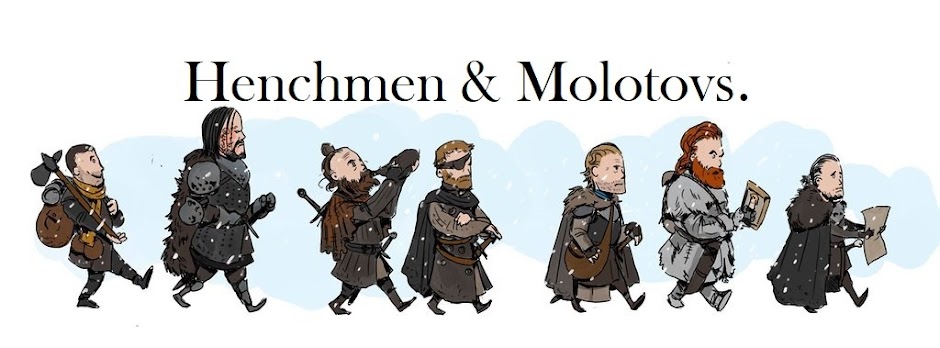At the start, I'll only be building
- 12 or so of these little encounter tables,
- plus the subtables we talked about yesterday (largely unedited from that post),
- plus a Behavior table to help me flesh out the encounter.
Why only four monsters on the encounter table? I want to be able to make a strong theme for each hex and then beat the players over the head with it, so that they are immediately aware of "oh, we're in a new area."
The Scrybwood is going to be strongly faerie-flavored. The Durkwood will be strongly pig-flavored. The Ironwood will be dense with ents and ent clues. The Forest of Regrets will be filled with elfs and their allies.
etc.
If I have only four entries, I can make one be the main creature type, one be a subsidiary of it (dire boar and wereboar for instance,) have one boss-fight type (wyvern, stone giant, bandit army) and one undead or lycan type. This way, hex taste will be reinforced with many of the encounters.
When the character of the hex changes, I will substitute one or more of the listings. When the party kills the green dragon in hex 0204, I'll replace it with a family of hippogriffs or an army of orcs or something.
Each entry will have the (number appearing) of (creature name) and (lair %.) Probably something I would be willing to fudge for the purposes of verisimilitude, but not to "fix" it for the players.
So here's that Behaviors table:
So with this table, I can roll the entity encountered, what that entity is doing, and what problem it might have. These will just be suggestions, but suggestions that will prevent the "Orc-And-Pie" problem popping up with every encounter.


No comments:
Post a Comment
Stay focused.